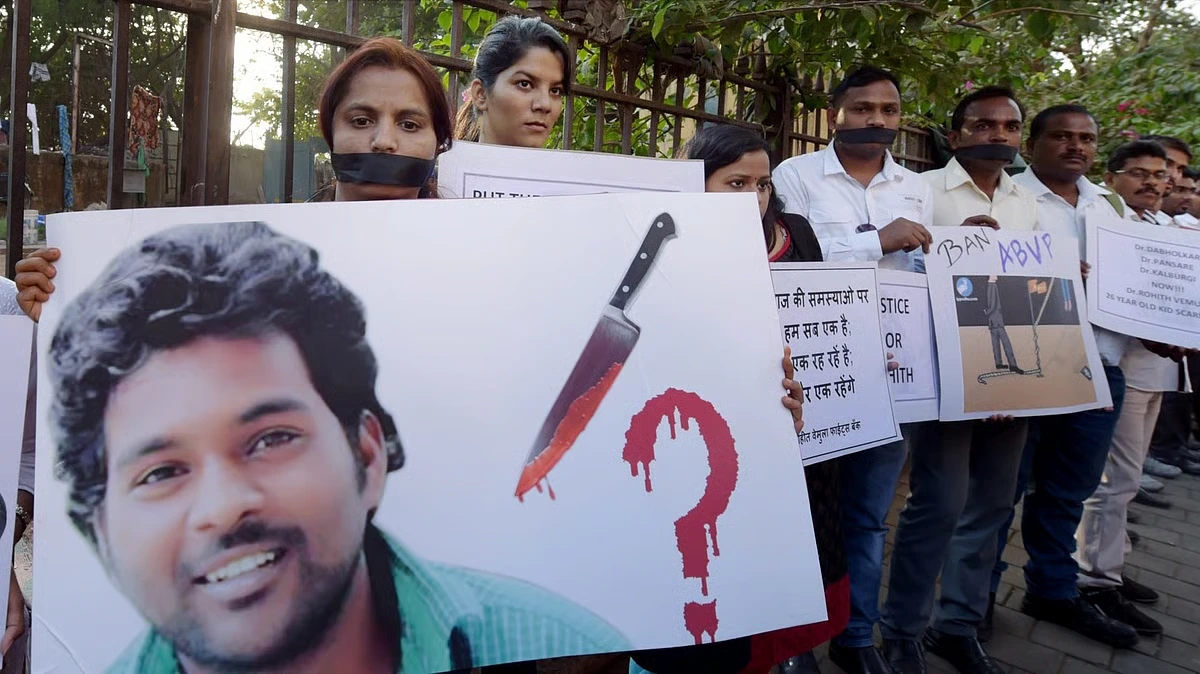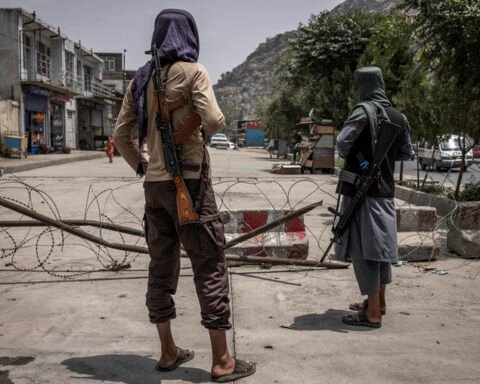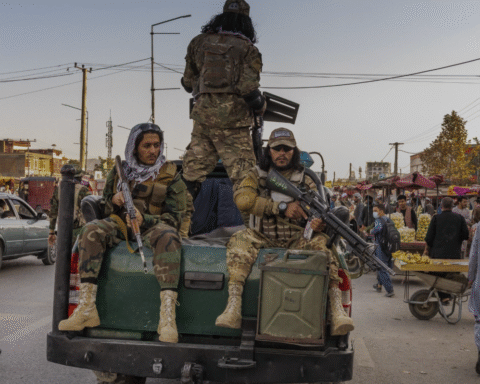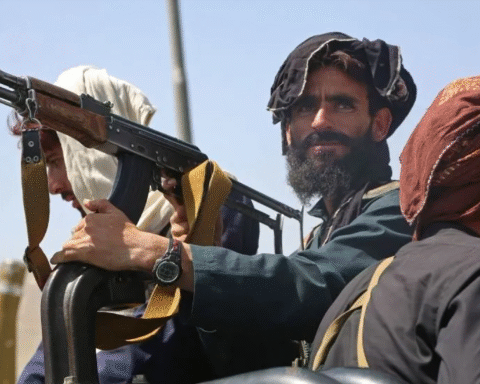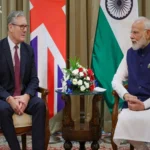A long battle of India regarding caste-based discrimination has been brought under focus once again when the United Nations Office of the High Commissioner for Human Rights (OHCHR) had official apprehension with the draft of Karnataka Rohith Vemula (Prevention of Exclusion or Injustice) (Right to Equity and Dignity) Act. The legislation is titled after Rohith Vemula, a Dalit PhD student of the University of Hyderabad whose tragic suicide in 2016 sparked a national movement against caste related discrimination in universities and colleges. The legislation is therefore expected to institutionalize protection against marginalization, victimization and institutional injustice in universities. The impertinent comments made by the United Nations pose a fundamental question as whether this law is a real step towards the anti-caste justice, or whether it is a mere placard reform without any structural or institutional change being under taken to improve the lot of Dalits and Adivasis.
The message of the OHCHR having been conveyed by its Special Procedures Branch is not minced. It highlights an essential disparity between the supposed goals of the law and its functioning frame work. Although the proposed law brags about induction of inclusive and equitable policies by the inclusion of Scheduled Castes, Scheduled Tribes, Other Backward Classes and religious minorities. Yet it remains to be seen that it has no particular mechanism where the most vulnerable groups like Dalits and Adivasis are concerned. This is not any simple failure, but it was the manifestation of what the OHCHR refers to as structural blind spots hidden behind the veil of progressive laws. Failure to provide explicit and powerful protections of Dalits and Adivasis in a land where caste still determines who gets what and who walks with dignity is just like creating a law in that country to legislate equality without setting the groundwork to become equal.
The overlooked areas of the law are quite numerous. As an example, it offers no clear intentions or policy frameworks of mental health support the sphere where the marginalized students could use it immensely as they are affected by caste-based discrimination, alienation and humiliation. The personal narrative of Rohith Vemula was that of psychology trauma, institutional negligence and incessant cattiest aggression. The negligence on mental health being an essential element of inclusion is just but a farce on the reality of Dalit and Adivasi students. The draft also falls silent on the topic of equitable housing, another issue of concern bearing in mind that Dalit students have been ghettoized and spatially segregated quite often in the university hostels. Neither does it provide meaningful avenues of academic representation, sharing of fellowships or obvious anti-harassment which absent of substantive equality will only be a far-fetched dream. Since India is a signatory to the International Convention on the Elimination of All the Forms of Racial Discrimination (ICERD) of 1968 ratified by its government then India has the international legal responsibility to actively combat caste-based discrimination. The fact that the draft Rohith Vemula Act is quite inadequate relative to these responsibilities becomes clear through UN communication. Even worse when wrapping up tokenistic measures in the statutes of inclusiveness. The legislation threatens to legalize inaccuracy and even maintain the caste hierarchies it purports to eradicate.
The other area of concern is the punitive focus of the draft law. Some of its main directives include a one-year jail term a 10000 Indian rupee fine on those that are found guilty of unfair practices. Although this can be seen amount to zero tolerance to caste-based abuse it is important that a punitive approach is not taken in general by the UN. Repression alone can create fear, retaliation, opposition most particularly in highly caste coded academic institutions where such an act can become institutionalized and a pattern of behaviour. It is empathy on a systemic level not the legal compulsion which the OHCHR claims is necessary. Inclusion can never be coded by the dictate of fear but by a biosystem of awareness, assurance, and reciprocity regard.
There is also a need to note the symbolic generative power of the name of Rohith Vemula and his legacy. His suicide was not just one personal disillusionment but rather a political protest against the oppressive but imperceptible burden of caste-based exclusion in the Indian educational system. His note (in which he wrote that he was turned into a number) has since become a kind of shorthand of dislocation and effacement of Dalit children in universities. To have a law with his name to then repeat the same structural erasures that resulted in his death is more than tragic but very ironic indeed.
The foreign interest in caste relations in India progressively emanates because of a greater paradigm framework shift: Caste discrimination is no more as an isolated Indian culture distortion but peculiar human rights violation with an international appeal. The letter to India issued by OHCHR is not isolated in itself it will be quoted in the future oral updates by the High Commissioner repeat in thematic reports given by UN Special Rapporteurs and discussed in the multilateral forums dealing with racism, discrimination and exclusion. This recurring coverage is not merely a problem on how India perceives itself as a forward-looking democracy but it also thrusts its caste system and practice into the international lime light transparency, accountability and genuine corrective action is required.
Additionally, the situation of the UN has stimulated the discussion in India regarding the actual intention of anti-discrimination legislature. The civil society groups student bodies and Dalit rights groups have voiced their own concerns as expressed by the UN, saying that the current draft law is not a candidate since it is very weak ambiguous and non-committal. Most of these parties have argued that a law cannot be effective when it only repeats the constitutional truisms without operational specificity. They have demanded to have clear provisions in law, compulsory mental health counselling services to the marginalized student’s anti-discrimination departments in all universities having autonomous structure, representation of Dalits and Adivasis in academic and administrative bodies in proportion to their population, fixing time limit in grievance redressal and statutory protection to anyone who reports or exposes any kind of discrimination based on caste. India can turn symbolic laws into compelling documents of justice, or, just as many others came before it, neglect the law, underfund it, abuse it, and eventually forget it.
The death of Rohith Vemula asks more than a legislation. It requires the institutions that he says they educated to identify how they had failed him. It requires the policymakers to get out of rhetoric to establish the systems of belonging and justice. And it challenges that India will not be judged by the beauty of its statutes but by how well such statutes are felt by those whose lives they are created to safeguard. The current form of the draft Rohith Vemula Act is a first step but not the justice. Unless it concentrates the lived worlds of Dalits, Adivasis and all racially excluded people. The measure is going to be a symbolic gesture, a token, a name that lacks a voice, a law that lacks conscience.

